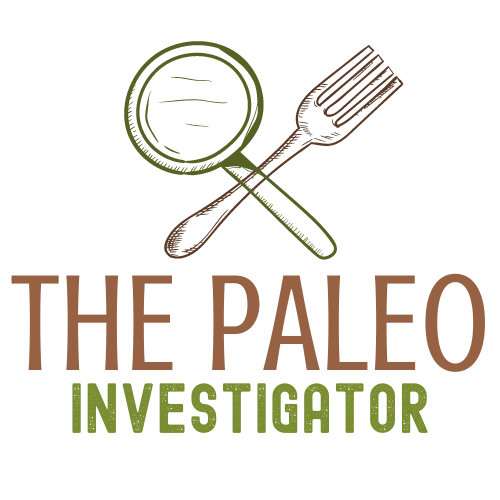Despite the importance of iodine, nearly one-third of the population does not consume enough and is at risk of deficiency. For most adults, the recommended daily intake is 150 mcg, but pregnant and nursing women should consume more. Talk to your doctor about how much iodine you need for specific requirements.
Consuming iodine-rich foods is one way to meet RDI requirements. According to nutritionists and medical professionals, only a few foods contain iodine.
1. Seaweed
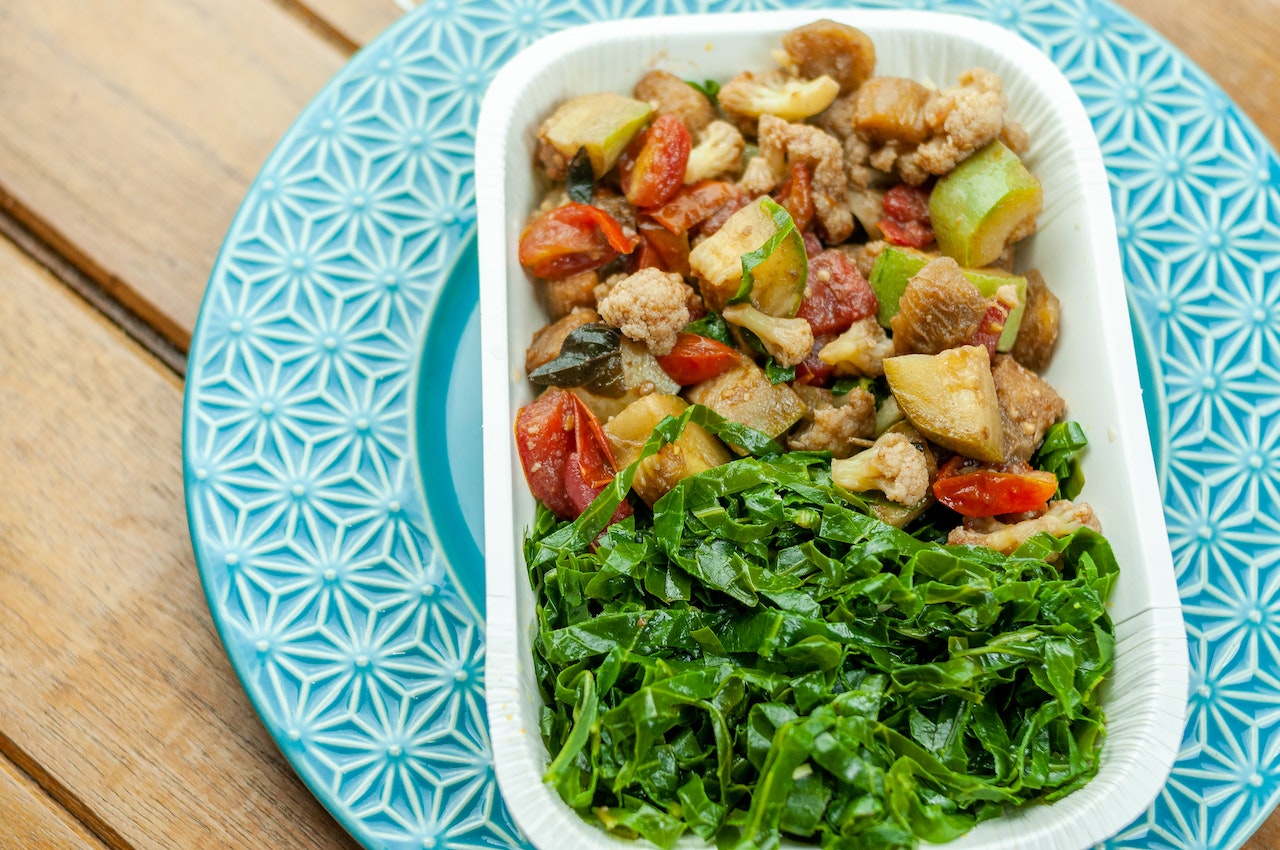
Seaweed is among the best sources of iodine; it contains an excellent mix of vitamins, minerals, and antioxidants. Unlike other sources, seaweed is low in calories. You must pick the right varieties to include seaweed in your diet for its iodine levels. Three types of seaweed are best in terms of iodine:
- Wakame
- Kombu kelp
- Nori
2. Seafood
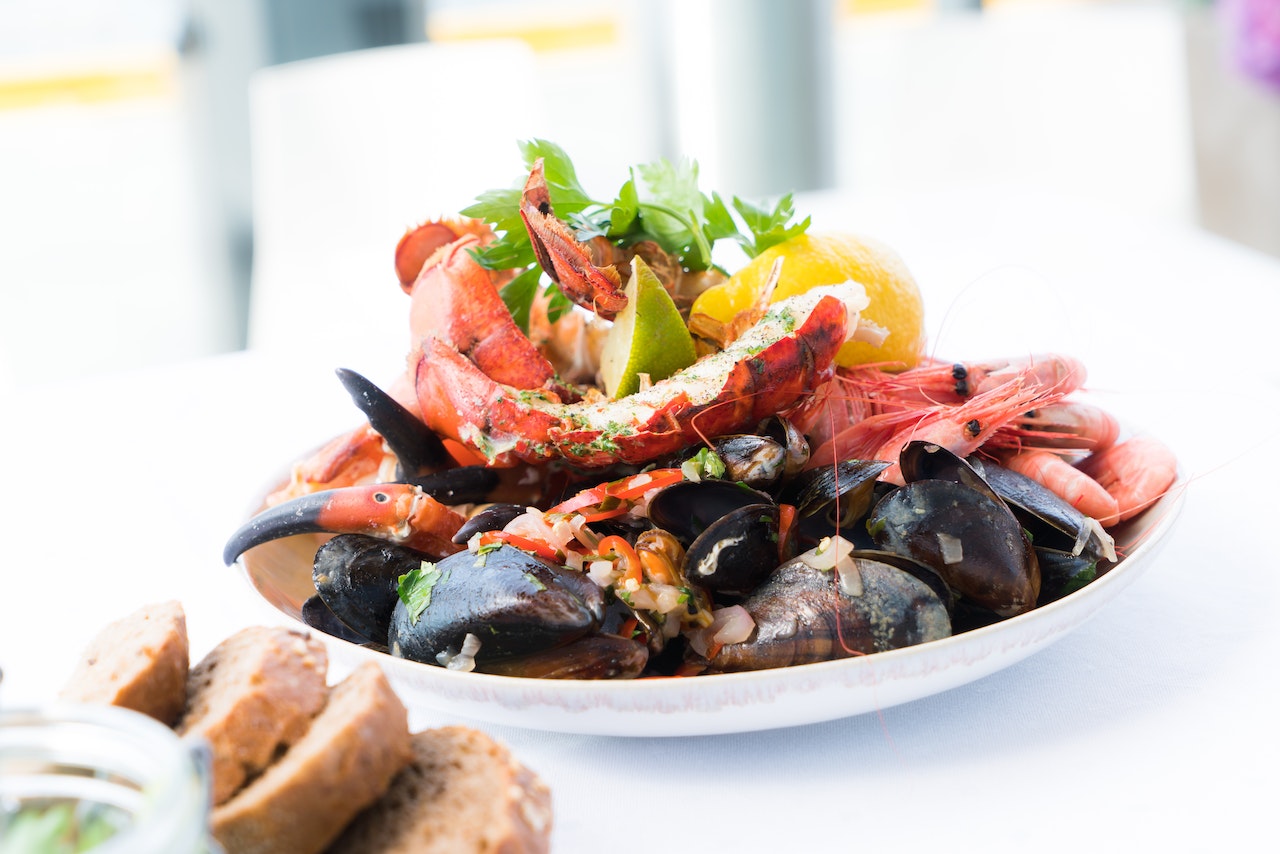
Venturing under the sea for food sources rich in iodine is an excellent idea. Several fish and seafood varieties offer a significant serving of iodine, often allowing you to receive most of your daily needs in one sitting.
Cod
Cod is one of the most popular fish because of its mild flavor and texture; it contains various nutrients and low calories. Three ounces of cod provides between 60 and 100 mcg of iodine, roughly 40% to 60% of your daily needs. The levels of iodine in the fish depend on whether it was wild-caught or farm-raised.
Tuna
Tuna is a high-protein, low-calorie, fatty fish. It contains omega-3 fatty acids and is an excellent B vitamin, potassium, and iron source. While it does not offer as much iodine as cod because it is a fatty fish, a single serving can still provide about 11% of your RDI.
Shrimp
Another protein-rich, low-calorie option, shrimp packs a nutritional punch. Aside from offering about 23% of your RDI of iodine, shrimp also provides other vital nutrients like phosphorus, vitamin B12, and selenium.
3. Dairy and Eggs

In the United States, dairy is an excellent source of iodine because of cattle feed and sanitary milking practices. According to one study, Boston area milk brands contained between 88 mcg and 168 mcg of iodine per cup, meaning one cup of milk can provide between 59% and 112% of your RDI. Also, yogurt can provide about half of your RDI, and cottage cheese offers 65 mcg per cup.
Eggs also offer an excellent source of iodine. Chicken feed usually contains iodine, resulting in the compound finding its way into the yolk. One large egg contains 24 mcg of iodine or 16% of your RDI.
4. Prunes
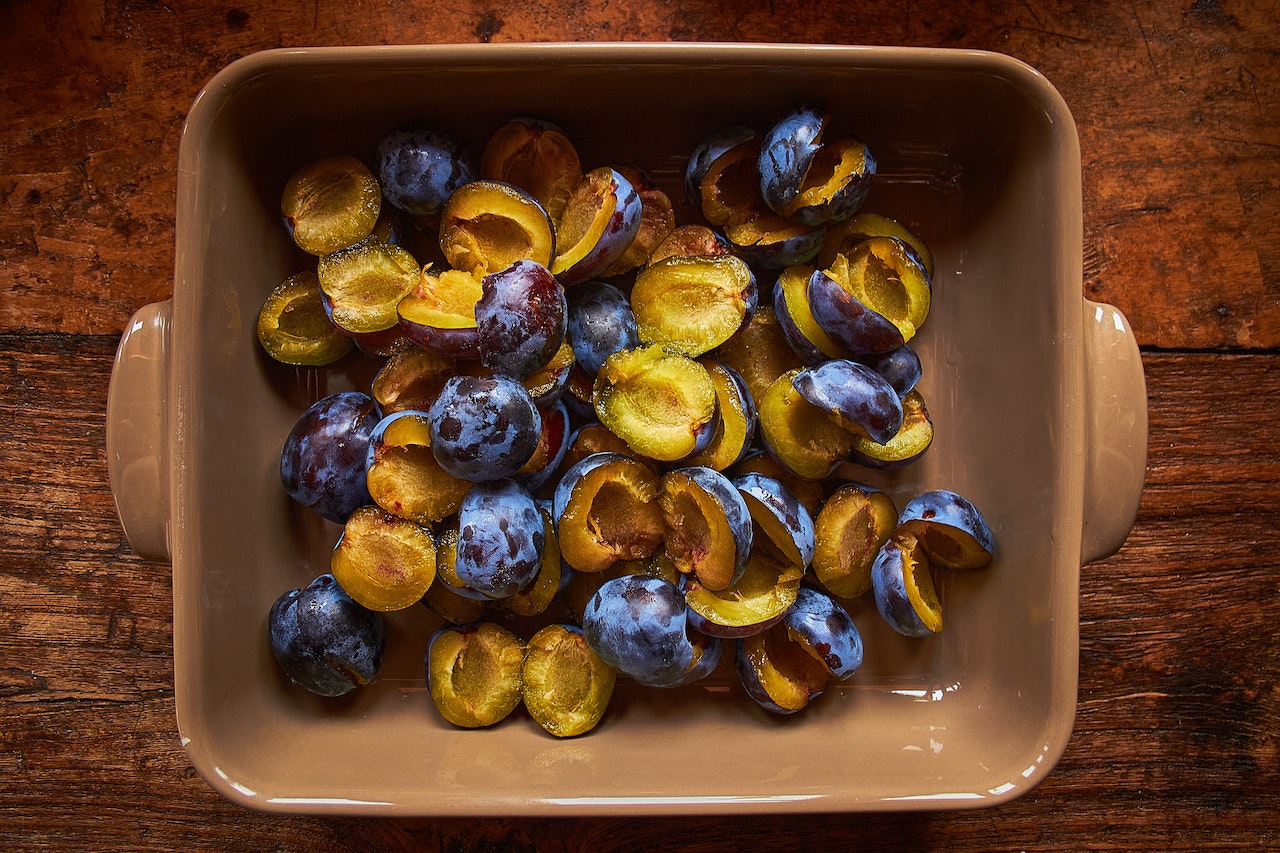
Besides being an excellent source of Vitamins A and K, potassium, and iron, prunes provide a vegan option for iodine. You will not get as much iodine from prunes as in cod, but five dried prunes provide about 13 mcg of iodine or 9% of your RDI. Prunes also decrease the risk of colon cancer, can help you manage your weight, and can increase the short-chain fatty acids contained in your gut, thus improving your gut health.
5. Lima Beans
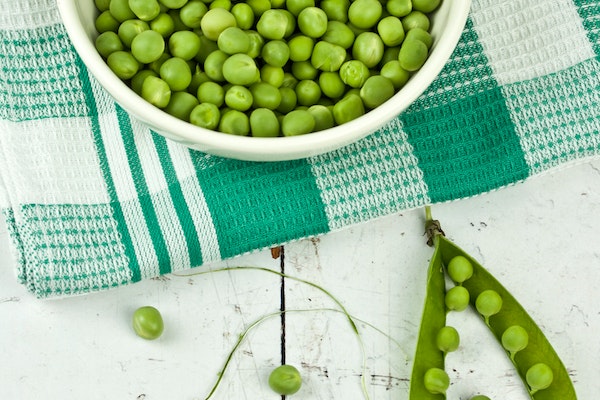
As a heart-healthy food, lima beans have a lot to offer. They are high in fiber, folate, and magnesium. Depending on the level of iodine in the soil, lima beans can be an excellent source of iodine in your diet. One cup of lima beans can contain 16 mcg of iodine or 10% of your RDI.
Iodine is an essential nutrient but is not present in many foods. To ensure you get enough iodine in your diet, focus on incorporating the above foods into your meals.
